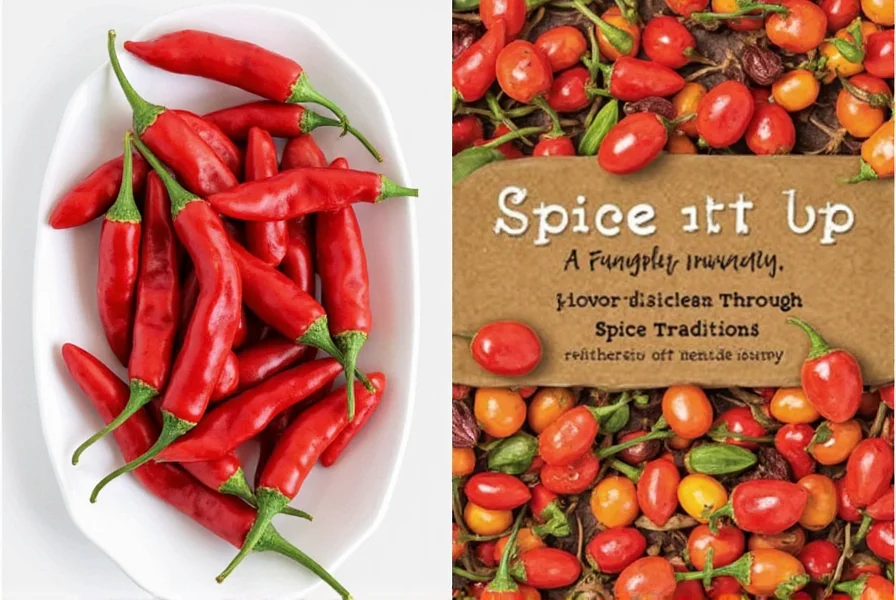Spice It Up: A Cajun Louisiana Seasoning Guide for Food Lovers
Table of Contents
Introduction to Cajun Louisiana Seasoning
If you've ever tasted a perfectly seasoned gumbo or a smoky jambalaya, you know that the secret is often in the seasoning. And when it comes to bold, fiery, and flavorful spice blends, Cajun Louisiana seasoning is the star of the show. This iconic mix is more than just a blend of spices—it's a taste of Southern culture, history, and soul.
Originating from the Acadian settlers of Louisiana, this seasoning has evolved over centuries into a staple in American cuisine. From crawfish boils to spicy chicken dishes, cajun seasoning adds that unmistakable kick that makes every bite memorable.
The Magic Behind the Blend
So what exactly goes into a good cajun seasoning? While no two recipes are the same, most blends share a common set of ingredients that create that signature heat and flavor:
- Garlic powder – Adds depth and a savory note
- Onion powder – Enhances sweetness and complexity
- Paprika – Provides color and a mild sweetness
- Cayenne pepper – The source of the heat
- Dried thyme and oregano – For a touch of earthiness
- Black pepper – Adds a sharp, pungent note
Some variations may include additional elements like cumin, mustard, or even hot sauce. But at its core, cajun seasoning is all about balance—heat, salt, and flavor working together to elevate any dish.

Practical Tips for Using Cajun Seasoning
Whether you're a seasoned chef or a home cook looking to level up your game, here are some practical tips for using cajun seasoning effectively:
- Use it on meats: Apply it generously to chicken, pork, shrimp, or fish before grilling or baking.
- Season vegetables: Toss roasted or grilled veggies with a bit of cajun seasoning for an extra layer of flavor.
- Enhance soups and stews: Add a pinch to gumbo, jambalaya, or seafood boils for that authentic cajun flair.
- Make your own blend: Customize the heat level and flavor by mixing your own cajun seasoning at home.
- Don't be shy: This seasoning is meant to be bold, so don’t hesitate to use it liberally.
One tip that many chefs swear by is to let the seasoning sit on the meat for at least 30 minutes before cooking. This allows the flavors to penetrate and really shine through.
Buying Guide: Choosing the Best Cajun Seasoning
With so many options available, choosing the right cajun seasoning can be overwhelming. Here’s a guide to help you make an informed decision:
| Product Name | Features | Advantages | Target Audience | Suitable Occasions |
|---|---|---|---|---|
| McCormick Cajun Seasoning | Classic blend with paprika, garlic, onion, and cayenne | Great for beginners, versatile use | Home cooks, casual diners | Weeknight meals, backyard BBQs |
| Herbs & Spices Cajun Seasoning | Organic, all-natural ingredients | Health-conscious choice, no artificial additives | Health enthusiasts, eco-conscious consumers | Gourmet dinners, special occasions |
| Penzeys Cajun Seasoning | Rich and complex, with a higher concentration of spices | Perfect for those who love bold flavors | Professional chefs, spice lovers | Restaurant-quality dishes, spice competitions |
| Kirkland Signature Cajun Seasoning | Cost-effective, great for large quantities | Best for bulk cooking or family gatherings | Large families, event planners | Potlucks, holiday feasts |
When shopping for cajun seasoning, look for products that are free from unnecessary fillers and artificial preservatives. The best ones will have a balanced mix of heat, salt, and aromatic herbs.
Global Spice Traditions and Cajun Influence
While cajun seasoning is deeply rooted in Louisiana, its influence can be seen in global spice traditions. The use of paprika, garlic, and cayenne is common in many cuisines around the world, from Mexican salsas to Indian curries. What sets cajun seasoning apart is its unique combination of spices and the cultural context behind it.
In fact, many chefs now experiment with cajun seasoning in unexpected ways. You might find it used in tacos, pasta sauces, or even as a rub for burgers. Its versatility makes it a favorite among food lovers everywhere.
And if you're curious about how other cultures approach their own spice blends, consider exploring the following:
- Mexican chili powders
- Indian garam masala
- Italian herb blends
- Thai curry pastes
Each of these has its own story and flavor profile, but they all share a common goal: to bring out the best in the ingredients they’re paired with.

Conclusion
Cajun Louisiana seasoning is more than just a spice—it's a flavor revolution that has taken the world by storm. Whether you're cooking up a storm in your kitchen or experimenting with new recipes, this seasoning offers endless possibilities. With the right blend, you can transform simple ingredients into something extraordinary.
So next time you reach for the salt and pepper, consider adding a dash of cajun seasoning instead. It might just be the missing ingredient that takes your meal from good to unforgettable.










 浙公网安备
33010002000092号
浙公网安备
33010002000092号 浙B2-20120091-4
浙B2-20120091-4